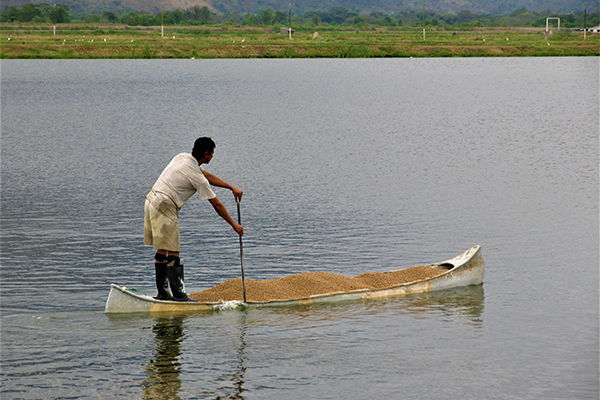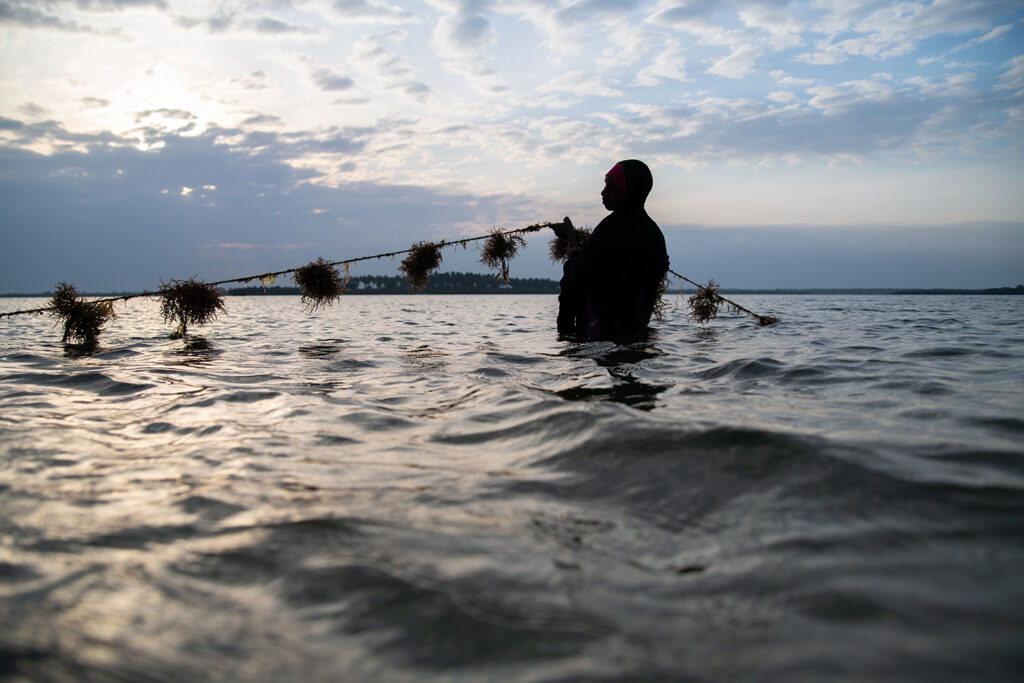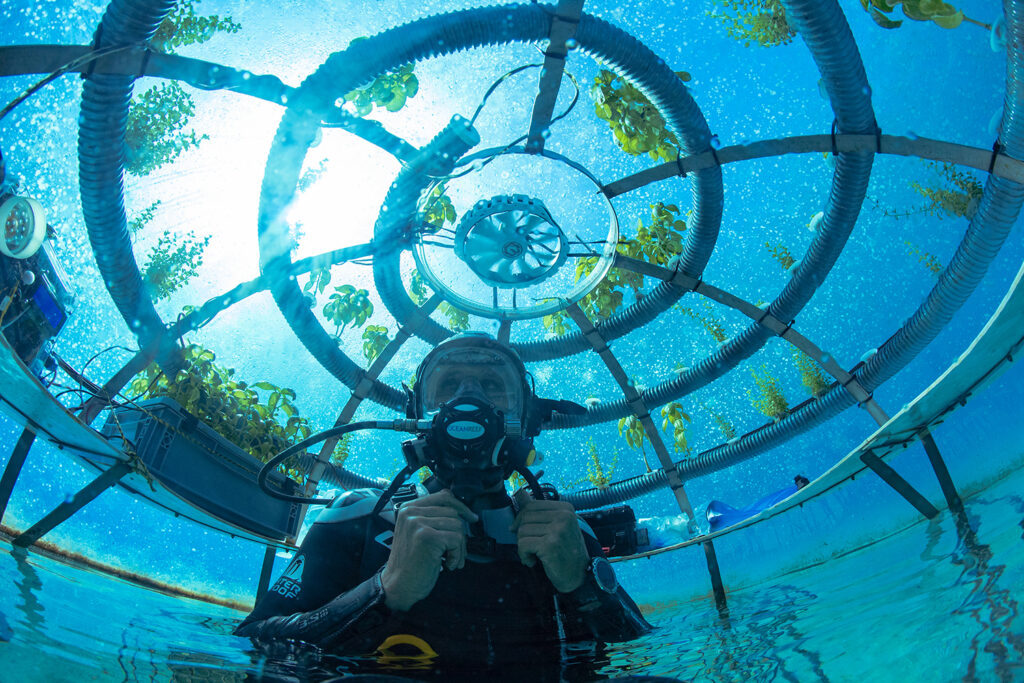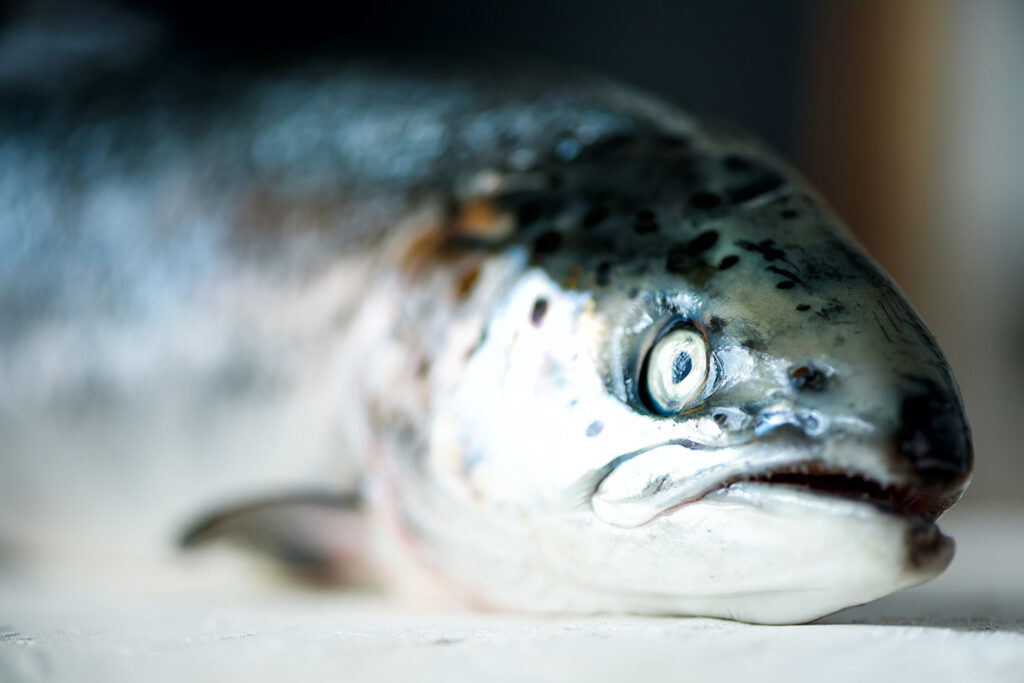‘Aquaculture will continue to depend more on land than sea’

A new study from the University of Stirling argues that a growing body of research and policy literature overemphasizes the importance and potential of mariculture and underestimates the production potential for freshwater aquaculture. The study, which was published in Nature this month, responds to an August 2020 paper by Costello et al, which asserts that mariculture has greater potential to expand compared to freshwater aquaculture.
“Projections by Costello and colleagues suggest high growth potential for marine aquaculture (mariculture), alongside a relatively marginal increase in freshwater aquaculture,” wrote the study’s authors. “We contend that these projections inflate the growth potential of mariculture and undervalue the present and future roles of freshwater aquaculture.”
According to the authors, Costello et al inflate mariculture production potential in six ways by:
- Defining brackish water aquaculture as part of mariculture.
- Excluding crustaceans from their model.
- Conflating freshwater capture fisheries and freshwater aquaculture production.
- Making projections of marine bivalve production that are inconsistent with historical trends.
- Making over-optimistic assumptions about marine finfish farming technologies.
- Not accounting for high potential to raise freshwater aquaculture yields through intensification.
Although freshwater aquaculture leads global aquaculture production, its significance is largely overlooked in the global food policy agenda and research. Specifically, the authors claim that mariculture “dominates” peer-reviewed publications related to aquaculture policy, even though freshwater aquaculture currently accounts for 77 percent of edible aquaculture production globally (excluding aquatic plants).
“Perceptions of high growth potential for mariculture are based on the assumption that the oceans offer vast areas for farm expansion, whereas potential for freshwater aquaculture growth is heavily constrained by the availability of land and freshwater,” wrote the authors. “In fact, land and freshwater limitations constitute a challenge for both fed mariculture and freshwater aquaculture as both depend on land and freshwater resources for production of feed inputs.”
As the study highlights, freshwater aquaculture has provided 80 percent of total fed finfish (finfish raised using external feed inputs) production since 2000, dominated by herbivorous and omnivorous freshwater species. Meanwhile, mariculture finfish species are carnivorous and require more expensive feed resources. Production of extractive freshwater species (filter-feeding finfish) is much greater than the production of extractive marine species (bivalves) in terms of quantities of edible food produced.
Ultimately, freshwater aquaculture produces more edible food and a lower production price point compared to mariculture, as well as holds promise for expansion. In response, the authors call for increased investment in research on key freshwater species and farming systems to deliver on “much-needed increases in global aquatic food production and nutrition security, benefiting a broad set of producers and consumers.”
Read the full research study
Follow the Advocate on Twitter @GSA_Advocate
Now that you've reached the end of the article ...
… please consider supporting GSA’s mission to advance responsible seafood practices through education, advocacy and third-party assurances. The Advocate aims to document the evolution of responsible seafood practices and share the expansive knowledge of our vast network of contributors.
By becoming a Global Seafood Alliance member, you’re ensuring that all of the pre-competitive work we do through member benefits, resources and events can continue. Individual membership costs just $50 a year.
Not a GSA member? Join us.
Author
Tagged With
Related Posts

Responsibility
Climate change mitigation needs mariculture, new research concludes
NGO-academic collaborative study finds that mariculture “done right” can aid climate change mitigation by cutting greenhouse gas emissions.

Innovation & Investment
20,000 lettuces under the sea: Could underwater agriculture be the future of farming?
Preliminary research suggests that emerging mariculture methods could provide alternatives to land-based agriculture and within recirculating systems.

Intelligence
Canadians largely support ocean-based salmon farming, yet farms are being shut down
Amid a dizzying landscape of passions and politics, a recent survey showed the confusing messages Canadians are getting about salmon farming.

Responsibility
Report: Aquaculture may offer ‘potential nature-based solutions’
A new report from the International Union for Conservation of Nature suggests some aquaculture systems may be "nature-based solutions."



